London exhibition showcases a balanced view of Cyprus’ bloody road to independence
As calls were growing in the UK in the mid-20th century to bring back troops from the then British colonies in Cyprus, Kenya and Malaya, local uprisings were brewing, which eventually led to independence through bloodshed, torture and death.
Recognising the conflicts that shaped – and continue to shape – history the Imperial War Museums (IWM) in London have curated a new exhibition, showcasing the struggles, the people behind them and the tortuous path to independence for Cyprus, Kenya and Malaya. Crucially, the exhibition allows visitors to see both sides of the story. The exhibition will run until the end of next March.
As World War II came to an end, colonial struggles for independence – which the British government called ‘Emergencies’ – gained a new momentum.
The exhibition explores how these Emergencies in the 1950s became complex civil wars, with a profound effect on those involved. It seeks to reveal how new tactics and a language of counter-insurgency emerged, from ‘hearts and minds’ to the continuation of ‘divide and rule’; and show how the effects of this are still being felt today.
The Cyprus Emergency from 1955 till 1959 saw the Greek Cypriot National Organisation of Cypriot Fighters (Eoka) launch an armed revolt to end British colonial rule and bring about the union (Enosis) of Cyprus and Greece.
In response, Britain dramatically increased the numbers of soldiers on the island in a largescale operation which included curfews and collective punishments. Cyprus was a vital strategic location for Britain, and Emergency Exits unpacks the motivations and stories of the conflict, with political pamphlets, propaganda posters, improvised weapons and newly collected oral histories.
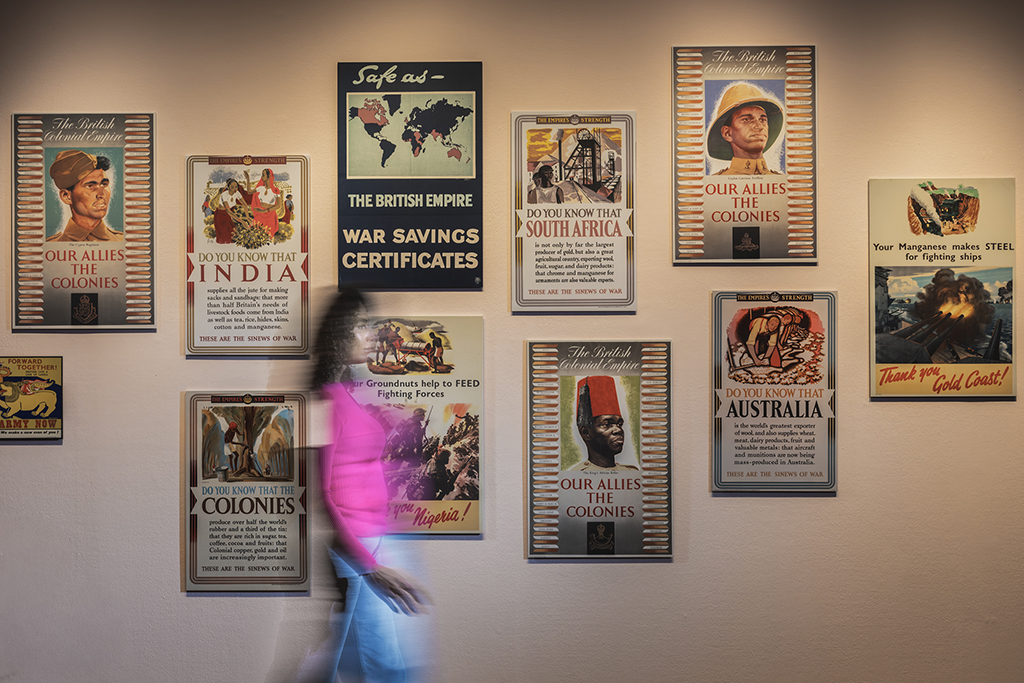
Co-curator and researcher for the Cyprus section of the exhibition Dr Maria Hadjiathanasiou told the Cyprus Mail that preparations for the exhibition began over a year ago, aiming at “informing the public of how the people in Cyprus experienced the Cyprus Emergency”.
“To my knowledge, this is the first time a British institution attempted to approach the issue at home.”
As an external consultant, Hadjiathanasiou collaborated with the Association for the Historical Memory of the Eoka Struggle and the Museum of the National Struggle in Cyprus for the primary material accessed during preparations for the exhibition.
But all the exhibits are the property of the IWM and were donated to the museum mostly by British police officers and military personnel serving in Cyprus at the time of Eoka. “Nothing was loaned from Cyprus,” Hadjiathanasiou pointed out.
The exhibition in London includes interviews with Maroula Violari-Iacovidou, Renos Lyssiotis and Andreas Maimarides, who describe their personal experiences. Also available to see are flags, weapons, documents, photographs and maps.
“The exhibits focus on the issue of collective punishment, which the people of Cyprus were subjected to,” Hadjiathanasiou said. But there are also details about the Eoka attacks against the British during the 1955-1959 period.
“It is a balanced exhibition,” she said.
“This is the first time such tough issues are being brought up. The exhibition allows the visitor to see both sides of the story.”
Hadjiathanasiou researched a volume of information, including documentaries, archives, memoirs and literature of the time, through the lens of collective punishment.
Another major undertaking was to update and reframe the information at the IWM itself.
“A lot of information the museum had on artefacts – originating from the colonial police and army and collected during raids as evidence – were listed in a language reflecting the concepts of the period. For example, Eoka was branded a terrorist organisation. Such vocabulary that generates collective memory and conscience, had to be changed to express the rationale of the exhibition.”
This happened at least for the artefacts currently being exhibited.
“The museum has a much larger collection and this is just a fraction of it,” Hadjiathanasiou explained.
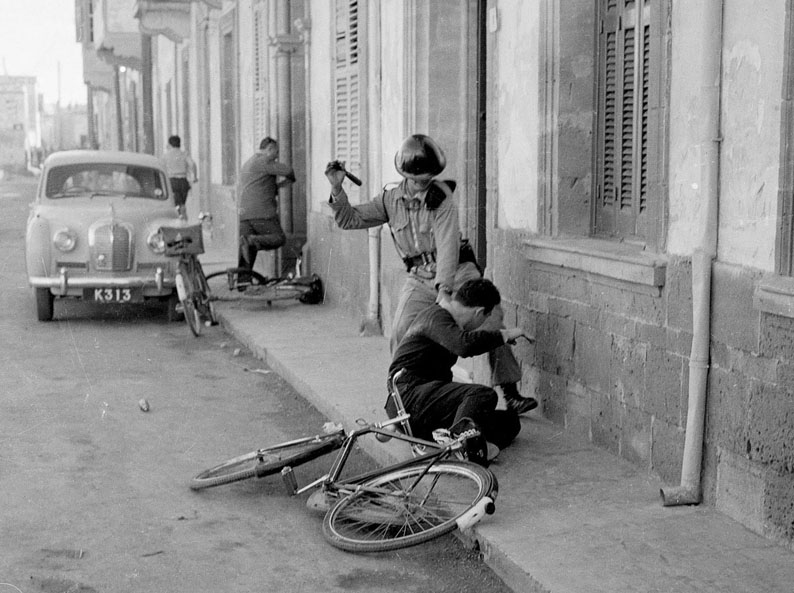
“The intention of the curators was not to keep calling Eoka a terrorist organisation. Their intention was not to sow discord between the parties. The purpose of all curators and external consultants was to create the conditions at the exhibition where various and diverse voices could enter a dialogue about what happened then and how it affected lives,” she added.
As such, the exhibition showcases “the insidious role of the British in terms of divide and rule” and practices such as curfews, stop-and-search, abuse, retaliation, arrests, interrogation and torture.
Emergency Exits also explores Operation Legacy, the British government’s attempts to prevent publication of sensitive documents relating to the conflicts, which included evidence of human rights abuses. In 2011, following a long battle by campaigners, the government revealed that thousands of these files were still held in a secure archive.
In 2012, the Foreign Office released highly classified documents that described claims of torture and abuse between 1955–1959. Following the release of the documents, Eoka veterans announced that lawsuits were being planned against British authorities. In 2018, Cypriot veterans won the right to claim damages over UK torture claims at court.
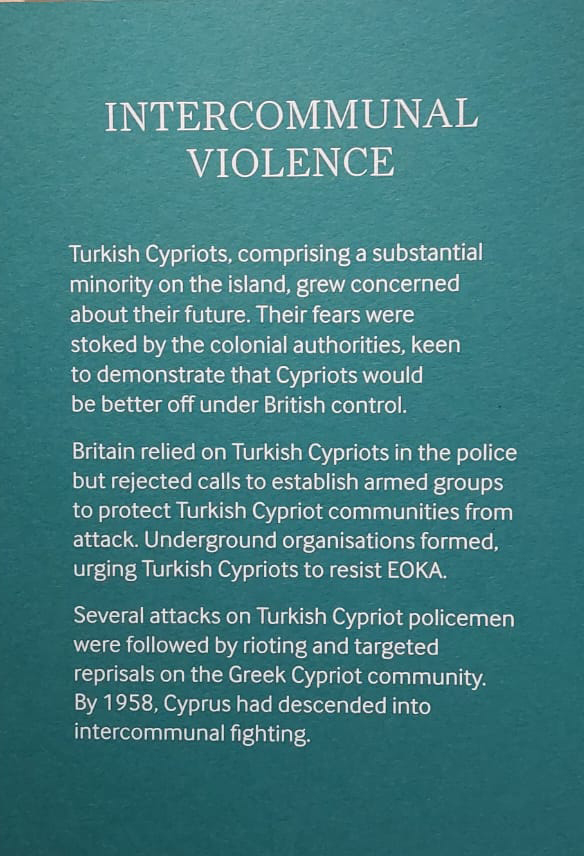
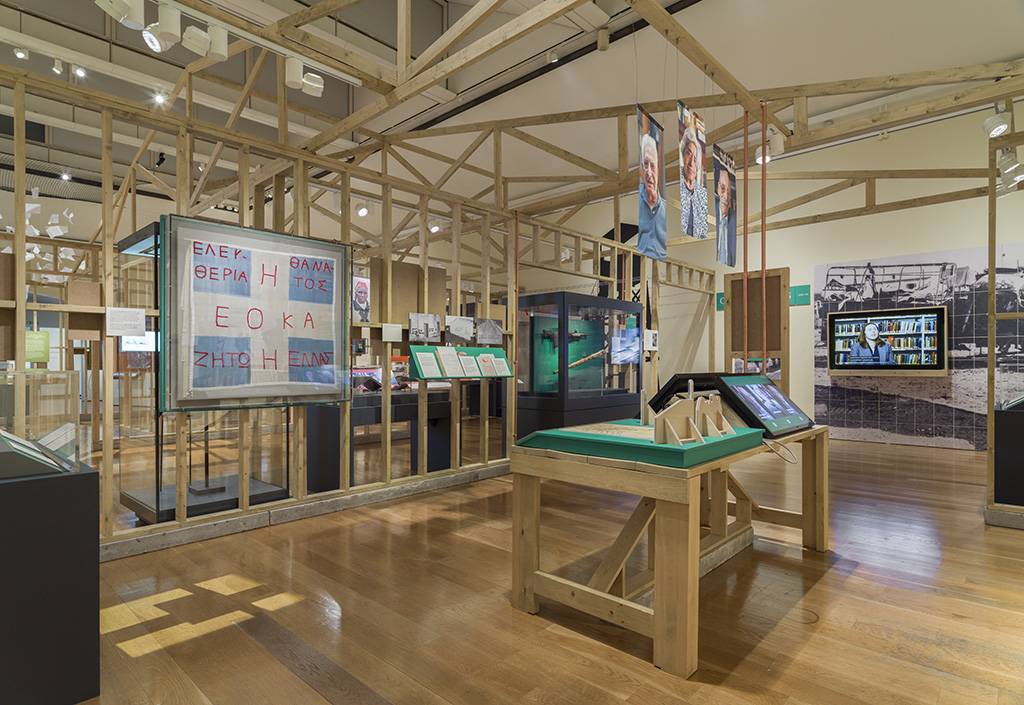
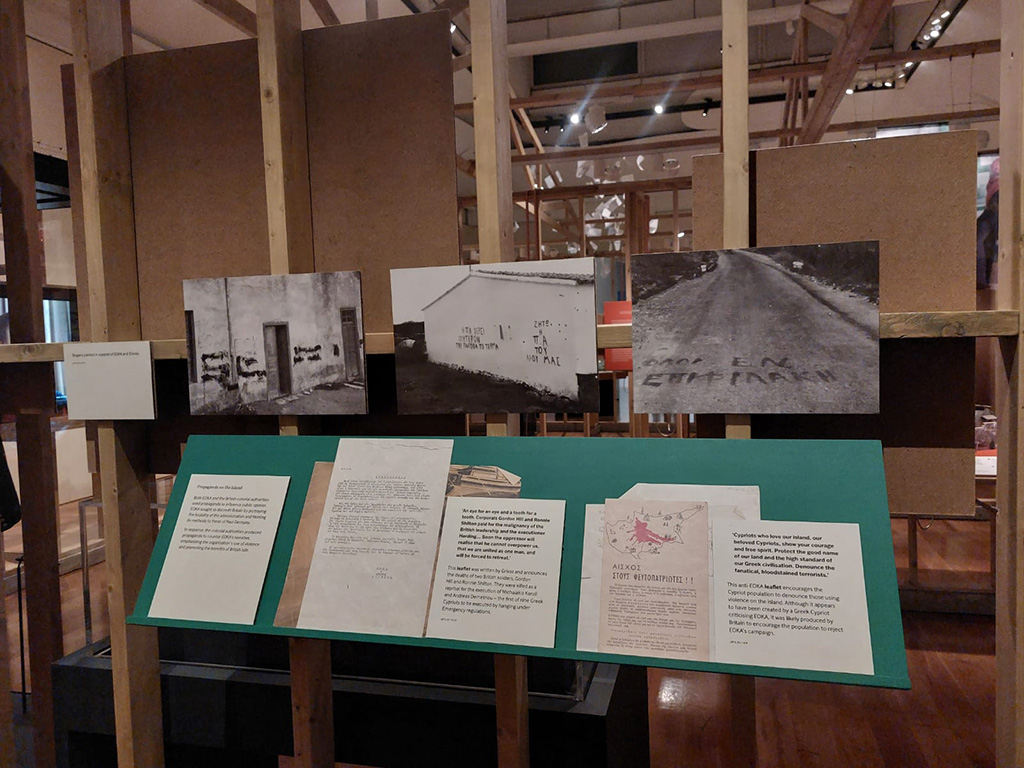
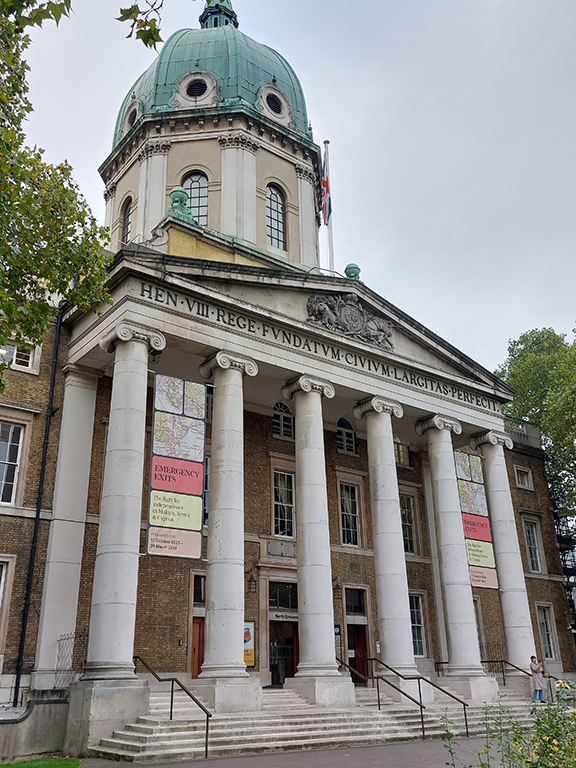
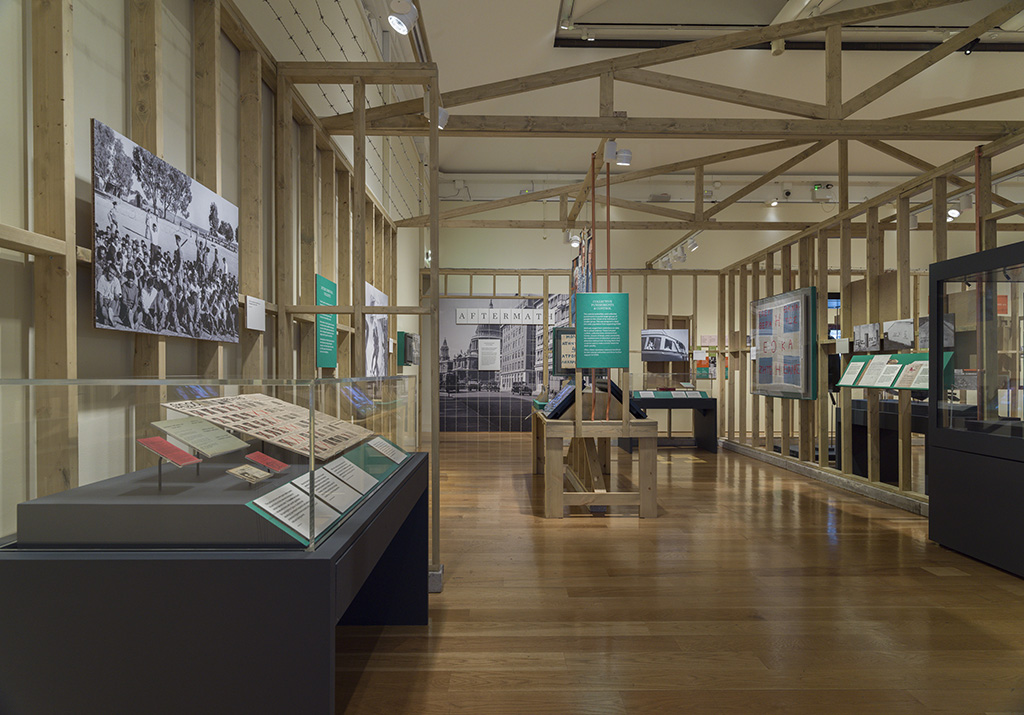
“By placing these three conflicts in the wider context of the end of the World War II and the decline of the British Empire, Emergency Exits invites visitors to examine how these seismic geopolitical changes towards the end of Britain’s Imperial period shaped and continued to affect modern Britain and the wider world,” the IWM said.
With over 70 objects on display including propaganda posters, flags and artworks, Emergency Exits sets the stage for understanding how World War II ushered in a period of rapid change and global upheaval.
“Emergency Exits: The Fight for Independence in Malaya, Kenya and Cyprus is the story of three conflicts that had a profound effect on the countries where they took place but are often overlooked in the UK,” said lead curator Carl Warner.
“However, the effects of this turbulent period in history continue to reverberate today, affecting everything from the global movement of people to methods of warfare that remain all too familiar,” he added.
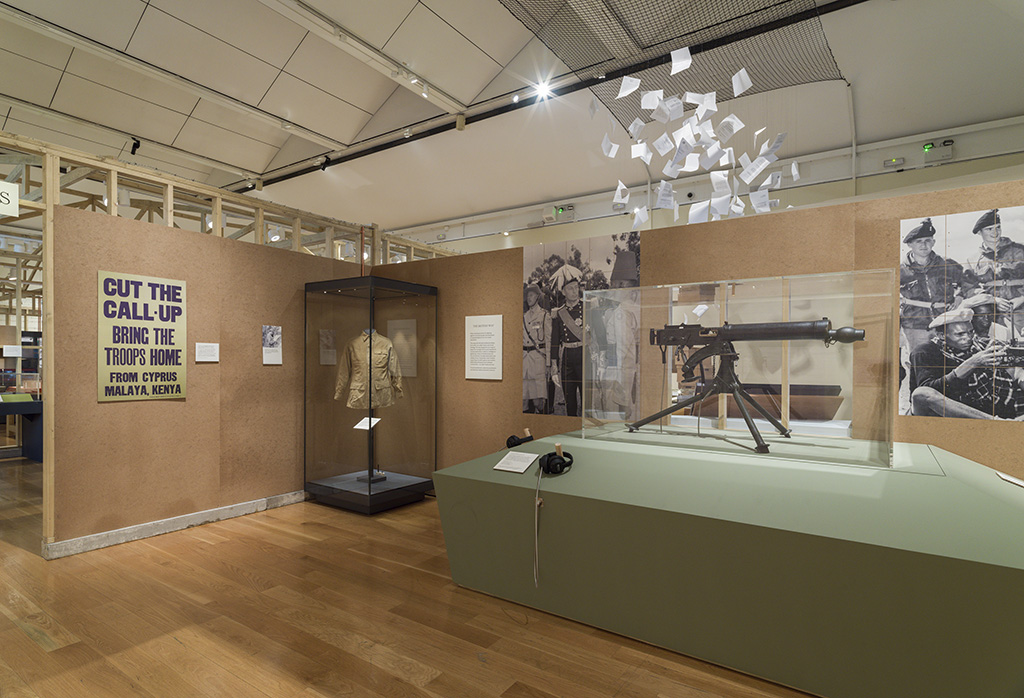
Emergency Exits focuses on three wars in the 1950s: in Malaya (now Malaysia), Kenya and Cyprus. It explores the motivations of key figures, the responses of the British colonial authorities and how these conflicts affected ordinary people.
Stories from people on different sides as they share their thoughts on the wars that shaped their lives.
The exhibition also explores the British Government’s attempts to prevent documents relating to the conflicts from being published. In 2011, following a long battle by campaigners, the Government revealed that thousands of these files were still held in a secure archive. Emergency Exits helps unpick the path towards recognition in the UK.
“IWM has collaborated closely with academics in Malaysia, Kenya and Cyprus to co-curate this exhibition. Engaging with affected communities has resulted in newly loaned objects and personal testimonies that help fill critical gaps in IWM’s collection, offering a fuller picture of these complex conflicts. The exhibition is further enriched by loans and stories from IWM’s neighbouring communities in Southwark, who reflect on the legacy of the British Empire in their lives, developed in partnership with Blackfriars Settlement’s Positive Ageing Group,” Warner said.
The exhibition opened at IWM London on October 17 and will run till March 29, 2026, accompanied by lectures and family activities.

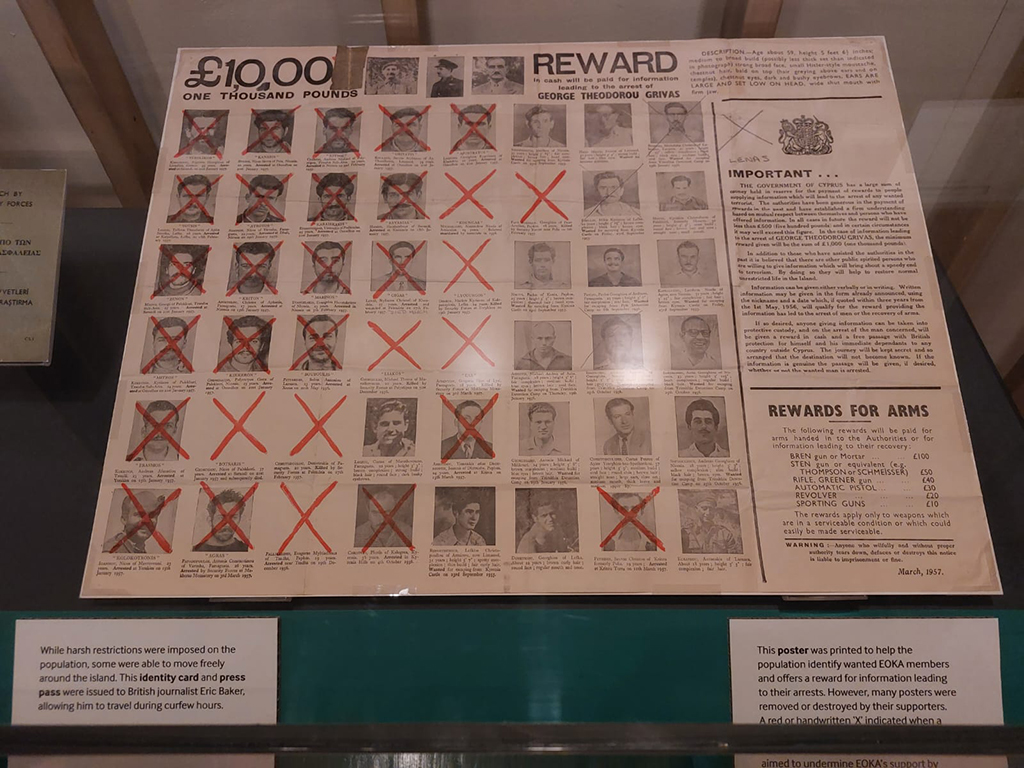
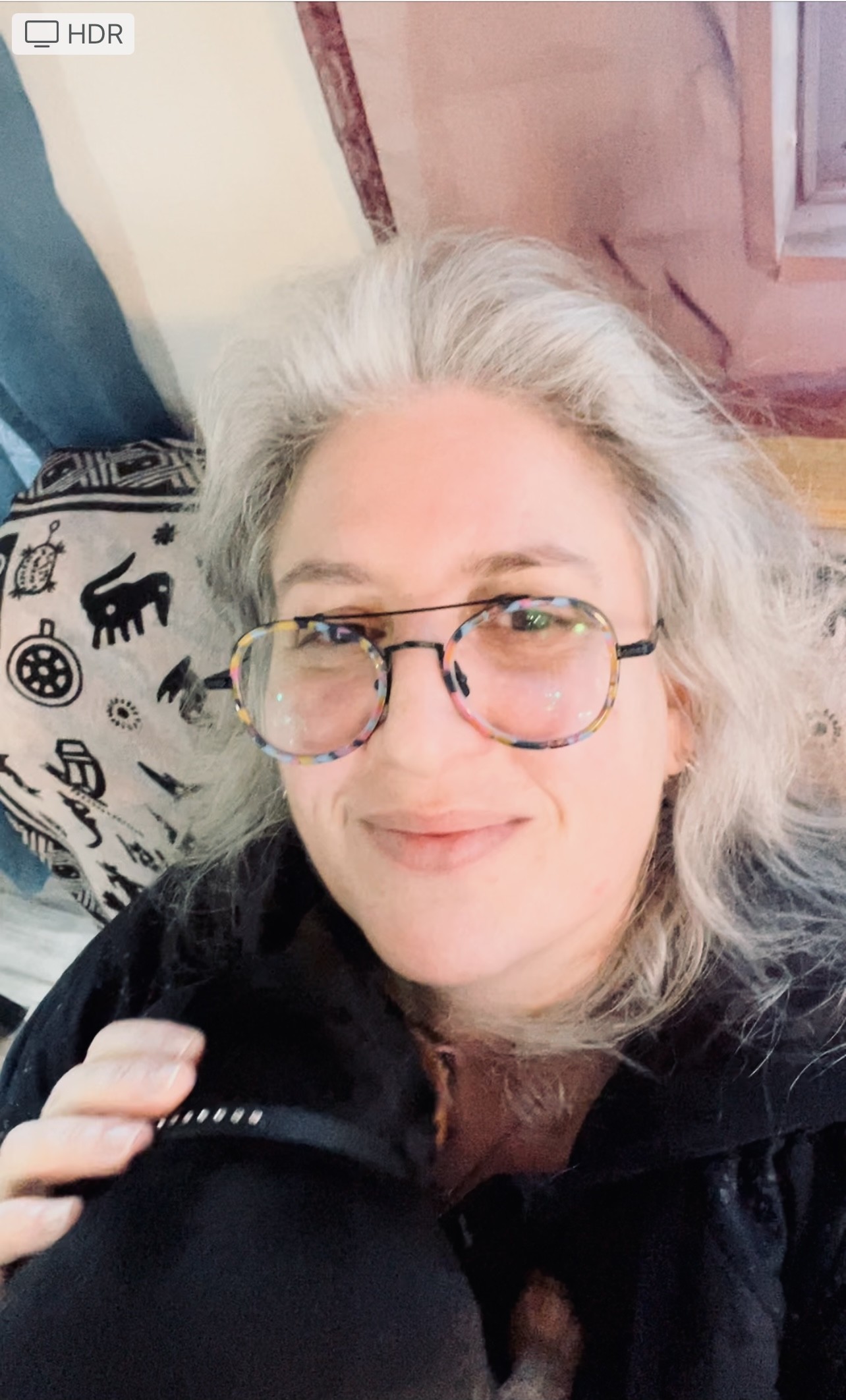
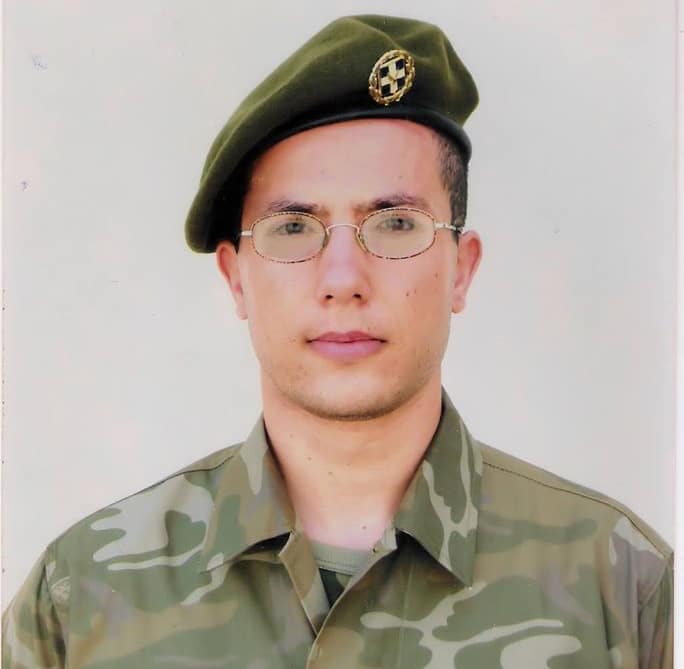
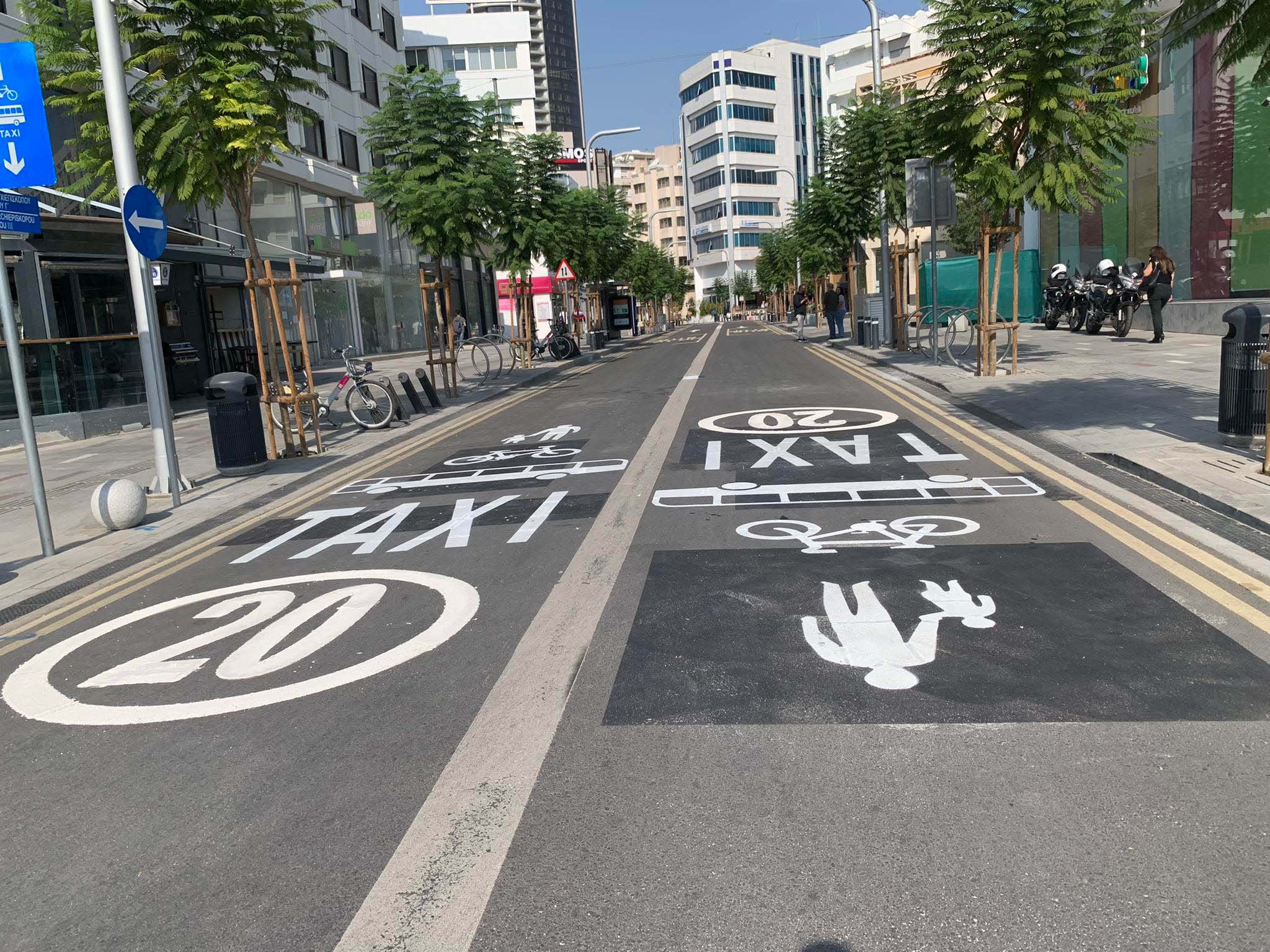
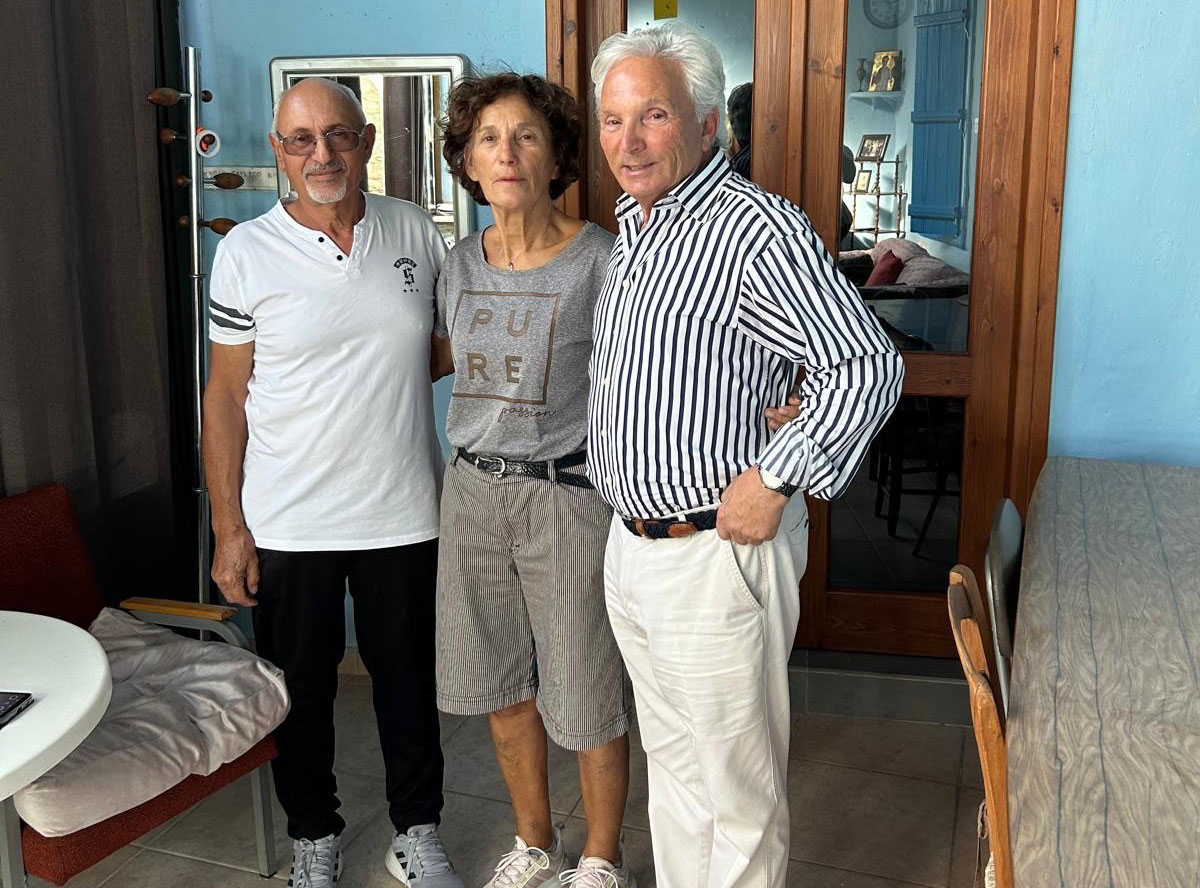

Click here to change your cookie preferences